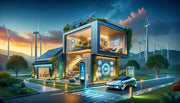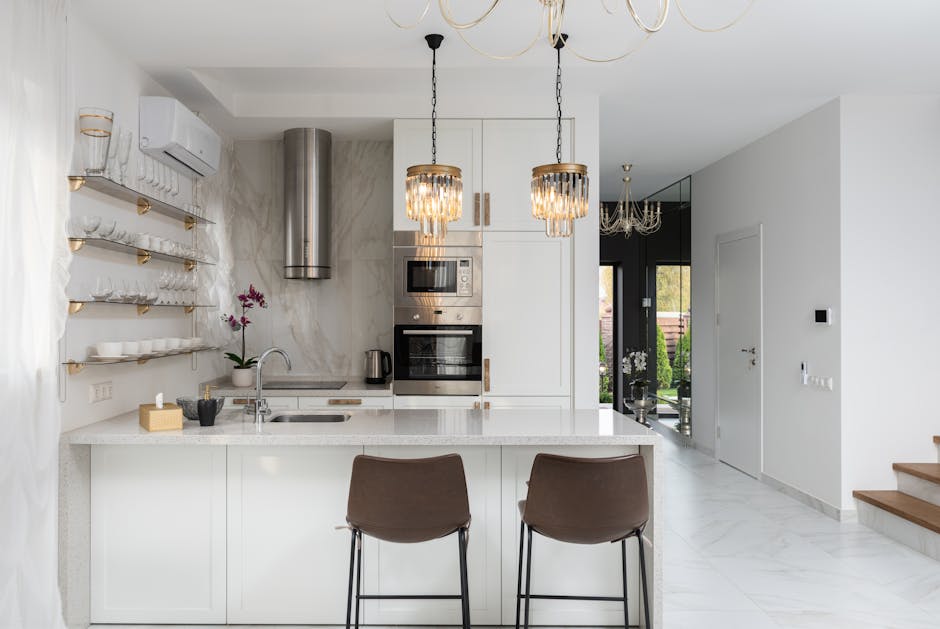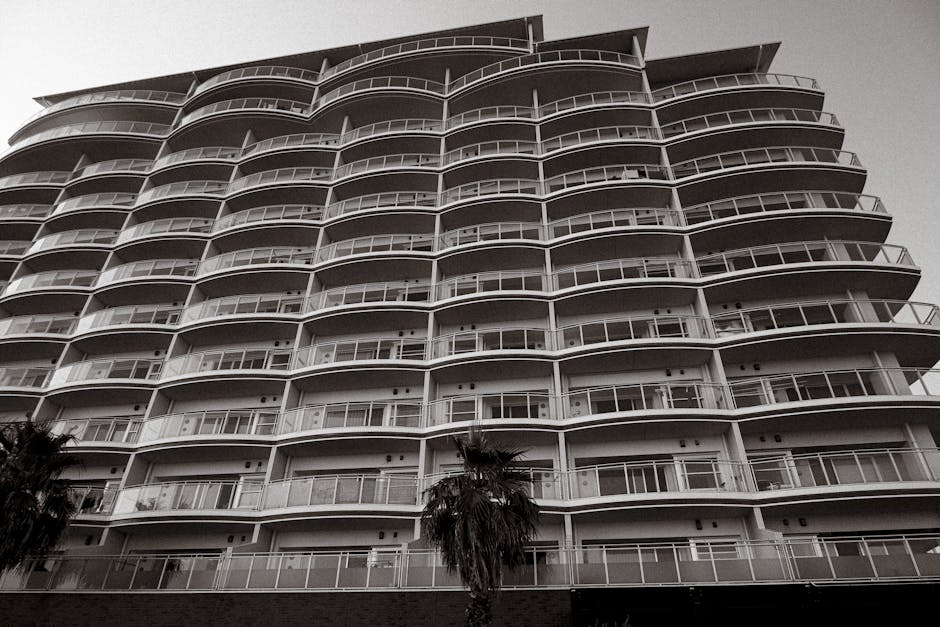The Environmental Impact of Switching to LED Lights in Your Property
Environmental benefits of LED lights
LED lights are energy-efficient, meaning they use less electricity than traditional bulbs. This reduces the demand for electricity generated by fossil fuels, which helps lower greenhouse gas emissions. LED lights also contain no toxic elements like mercury, unlike traditional bulbs. Additionally, they have a longer lifespan, which means fewer resources are used in manufacturing and disposing of bulbs, reducing overall waste.

Energy efficiency of LED lights
LED lights are highly energy efficient compared to traditional incandescent bulbs. They consume 75% less energy and can last up to 25 times longer. This means not only will you save on your electricity bills, but you'll also reduce the frequency of bulb changes, leading to less waste. LED lights produce light in a more focused direction, which helps in maximizing the efficiency of the light output.
Cost savings from switching to LED lights
By switching to LED lights, you can expect significant savings on your energy bills. LED lights are more energy-efficient than traditional bulbs, consuming less electricity. According to the U.S. Department of Energy, LED bulbs use at least 75% less energy and can last up to 25 times longer than incandescent lighting. This means you'll not only save money on your monthly utility costs, but you'll also reduce the frequency of having to replace bulbs, leading to additional savings in the long run.
Longevity of LED lights
LED lights have a longer lifespan compared to traditional incandescent or fluorescent lights. On average, LED lights can last 25 times longer than incandescent bulbs and up to 10 times longer than fluorescent lights. This means that you will have to replace LED lights less frequently, reducing the need for frequent purchases and minimizing waste. The longevity of LED lights is one of the key benefits to consider when switching to this energy-efficient lighting option.
Impact of LED lights on carbon footprint
LED lights significantly reduce the carbon footprint of a property. Compared to traditional incandescent bulbs, LED lights consume less energy, leading to lower greenhouse gas emissions. According to the U.S. Department of Energy, switching to LED lights can reduce carbon dioxide emissions by emphasizing(would use another word for emphasizing) energy-efficient measures. LED lights also have a longer lifespan, reducing the frequency of bulb replacements and further decreasing environmental impact.
Installing LED lights in your property
LED lights are more energy-efficient than traditional incandescent bulbs. They consume less electricity, which can help you save money on your electricity bills. LED lights also have a longer lifespan than traditional bulbs, meaning you will need to replace them less frequently. By switching to LED lights in your property, you can reduce your carbon footprint and contribute to a more eco-friendly environment.
Disposing of traditional light bulbs responsibly
When replacing traditional light bulbs with LED lights, it's essential to dispose of the old bulbs responsibly. Here are some tips for proper disposal:
- Traditional incandescent bulbs can be thrown away in the regular trash because they do not contain any hazardous materials.
- Compact fluorescent (CFL) bulbs contain a small amount of mercury and should be recycled at designated drop-off locations, such as home improvement stores or recycling centers.
- Halogen and LED bulbs can also be tossed in the regular trash as they do not contain any hazardous materials.
By disposing of your old light bulbs correctly, you can help minimize environmental impact and promote sustainability.
Government incentives for LED upgrades
Government agencies in many countries offer incentives to encourage the switch to LED lights. These incentives can include rebates, tax credits, or financial assistance. Such programs aim to promote energy efficiency and reduce environmental impact. Before upgrading to LED lights, it's beneficial to check with local authorities or energy providers for potential incentives that could help offset the initial cost.
Common misconceptions about LED lights
Some people believe that LED lights are cold and unnatural in color, but modern LED lights come in a variety of color temperatures, including warm white tones that mimic traditional incandescent lights. Another misconception is that LED lights are not dimmable, but many LED bulbs are compatible with dimmer switches. LED lights also do not contain toxic substances like mercury, making them environmentally friendly.
Conclusion: Making a difference with LED upgrades
Switching to LED lights can make a significant difference in reducing energy consumption and lowering your carbon footprint. LEDs are more energy-efficient and have a longer lifespan compared to traditional incandescent bulbs, making them a more sustainable lighting option for your property. By making the switch to LED lights, you can contribute to environmental conservation efforts and save on your energy bills in the long run. Make a positive impact by choosing LED upgrades for your property today.










